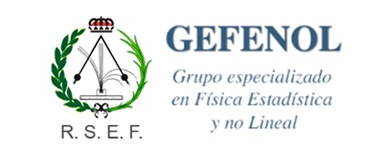Deep learning from a statistical physics perspective
by Raúl Vicente,
Computational Neuroscience Lab, Institute of Computer Science, University of Tartu.
Ülikooli 17 – 208, Tartu 51014, Estonia
Summary:
Deep learning is empowering artificial intelligence to break records in fields such as computer vision, speech recognition, or robotics. Despite its practical success deep learning remains poorly understood from a theoretical perspective. In this series of lectures we will illustrate and explain some connections between deep learning and methods from statistical physics to better understand how deep learning works.
We will start by the basics of machine learning and cover the connections of deep learning with spin glasses, renormalization, information bottleneck, random matrix theory, noise injection, etc. The five lectures are initially entitled as follows:
- Deep learning 101
- On machines, spin glasses, and the retina
- Phase transitions in computational problems
- Why DL works so well?
- Fun with Deep Learning



